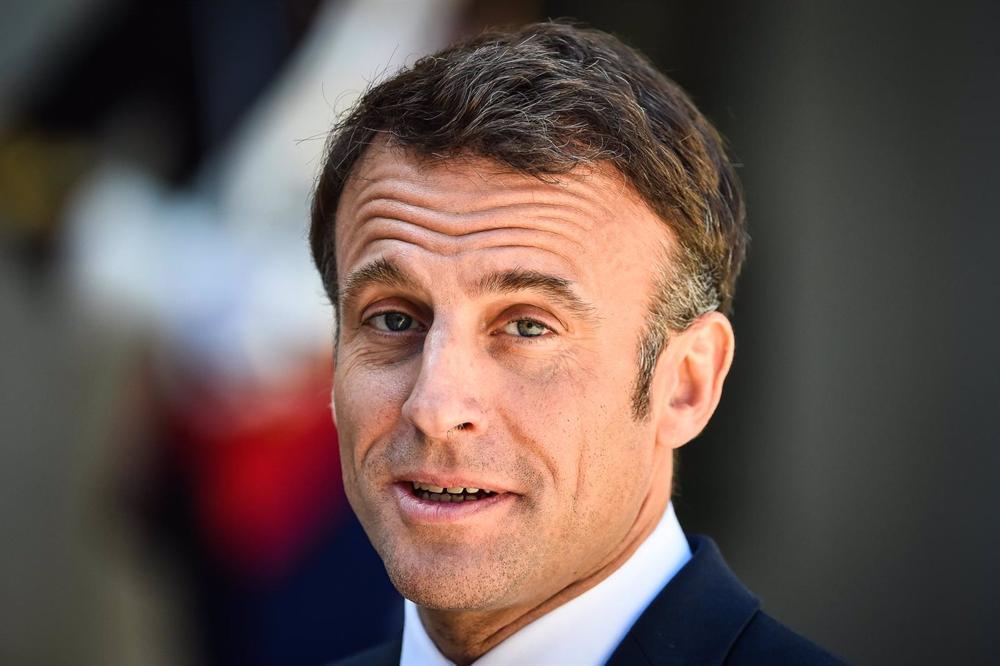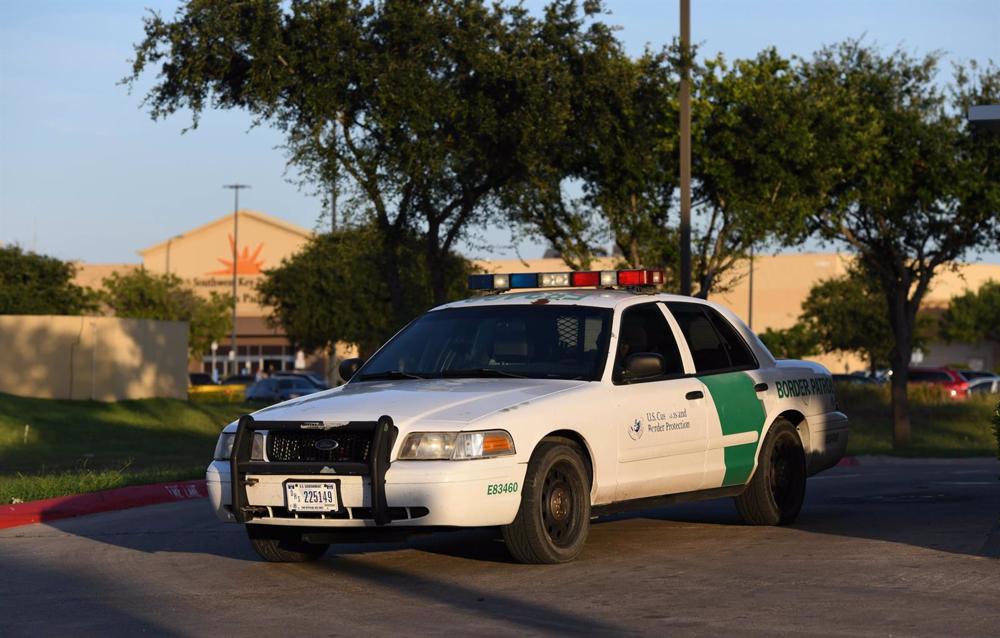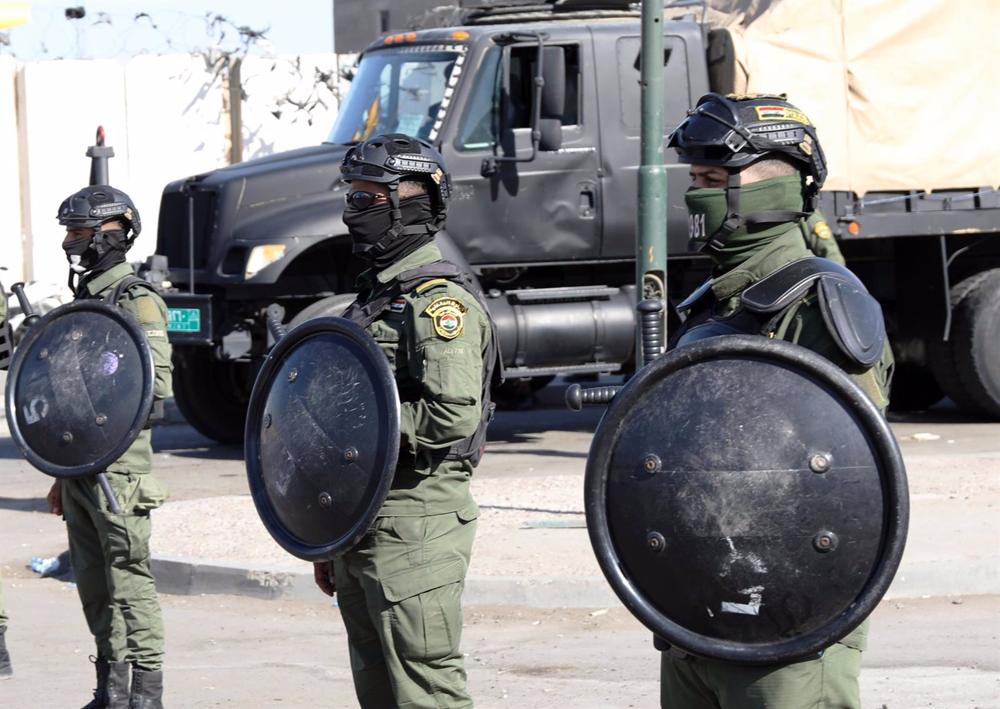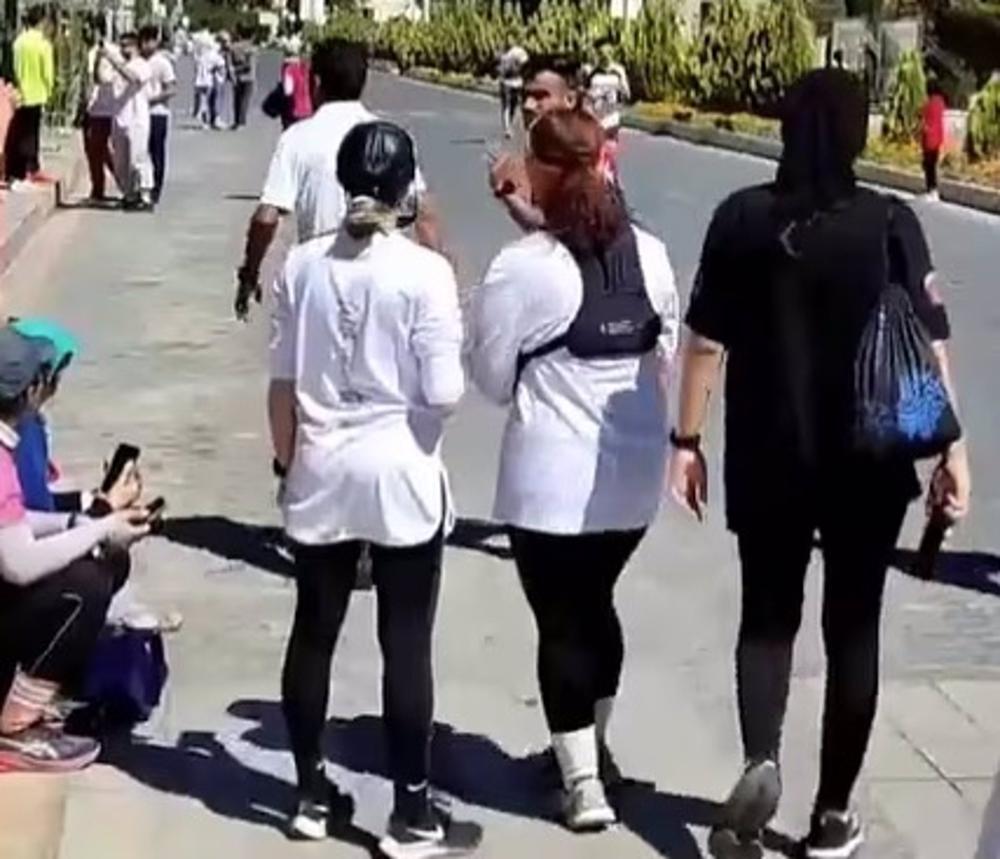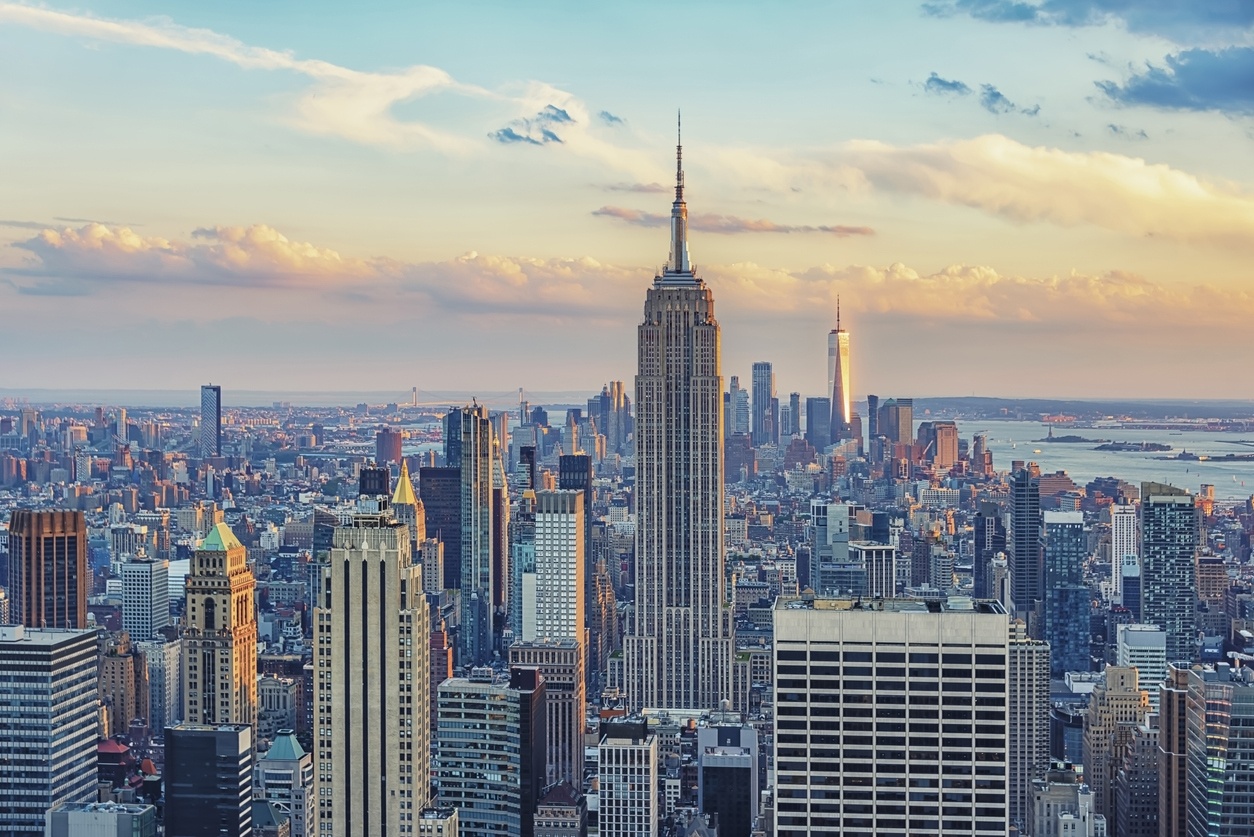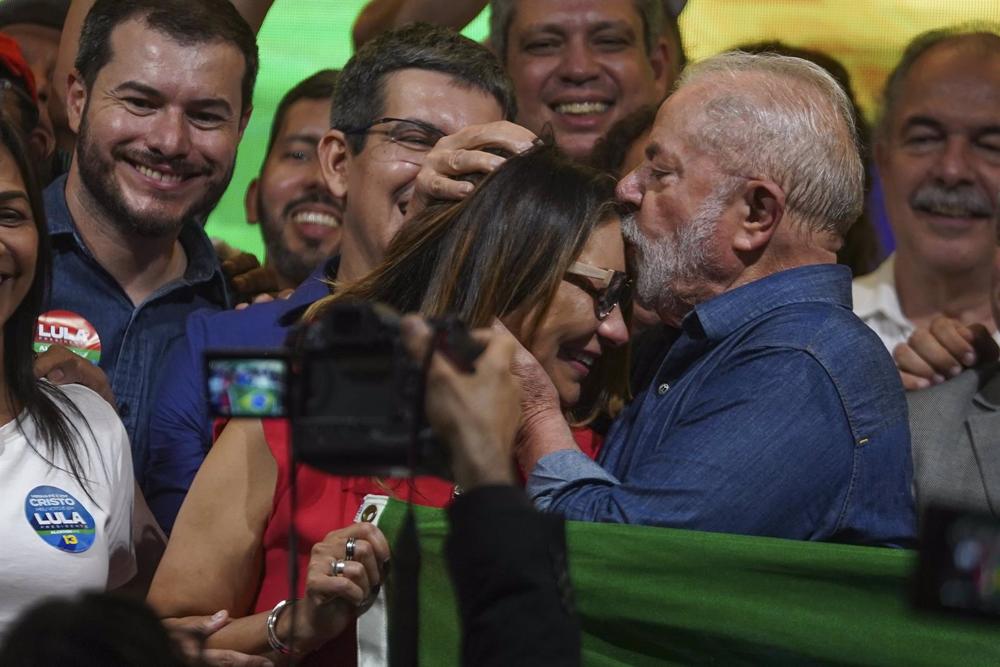
With the victory of Luiz Inácio Lula da Silva in this Sunday’s elections in Brazil, the Latin American left has regained control of the continent’s main bastion and economy in a year in which Colombia has a progressive government for the first time in its history.
Lula’s victory has a fundamental geopolitical repercussion for the continent since it not only implies a hard defeat for the ultra-right wing embodied by Jair Bolsonaro but also the consolidation of the left in a region that in the last year has seen how progressive candidacies have prevailed in Chile, Honduras, Peru and Colombia.
The right-wing campaigns to discredit and stigmatize the left-wing candidates, who are constantly accused of seeking a Venezuelan-style drift in their countries, have been of no use. On the other hand, it was the poor management of the pandemic and its economic consequences that would have prevailed among the electorate when it came to choosing Lula in Brazil or Gustavo Petro in Colombia.
After the region’s slide to the right in recent years, in 2018 Mexico was the first to reverse this situation with the election of Andres Manuel Lopez Obrador, who is entering his final stretch as president. It was followed by Alberto Fernández’s Argentina and Luis Arce’s Bolivia, after the 2019 political crisis with which the right wing had a brief stint in power.
The return of the left brought with it historic events such as the election of Xiomara Castro in Honduras, thus becoming the first woman to govern the small Central American country, that of Gustavo Petro, in Colombia, the first president of this ideology to lead from Casa Nariño, or that of the son of peasant Pedro Castillo in Peru.
The Peruvian is the most convulsive mandate for the moment of this new wave of the Latin American left. Suspicions and accusations of corruption, as well as the almost constant departure of members of his cabinet, surround a Castillo cornered by a hostile Congress that from the first moment has sought to oust him from office.
In Colombia, meanwhile, aspirations to overcome the entrenched internal conflict aggravated during the previous government of Iván Duque led Gustavo Petro to victory in the elections, while in Chile, Gabriel Boric became the youngest head of state to be elected.
Unlike now, the previous rise of the left in the continent back in the first decade of the new millennium was due to the commodities boom, the benefits of which paid for the social policies that in Lula’s first Brazil, for example, managed to lift 30 million people out of poverty.
However, the middle class that emerged from those social measures is increasingly shrinking after years of neoliberal policies, now spurred on by the consequences of the coronavirus pandemic, the pronounced inflation caused by the war in Ukraine, or the migratory crises.
In Ecuador, one of the few countries in the region led from the right, the strong and sometimes violent protests over the increase in fuel, food and basic goods prices at the middle of the year have posed a major challenge to Guillermo Lasso. Paraguay and Uruguay, as well as El Salvador in Central America – with four other countries further to the center of the political spectrum – are the remaining countries with conservative governments.
Protests such as those that have taken place in Argentina almost since Fernández was elected; in Chile, where Boric, as in previous governments, has to continue to face strong protests from the south of the country over the Mapuche issue; or in Cuba and Nicaragua, where the opposition demands the departure of their respective governments and a greater dose of democracy and freedom.
The weight of Lula’s triumph is indisputable because with Brazil the left will govern 86 percent of the population of Latin America and the Caribbean and places the country once again in an international political relevance that Bolsonaro had stripped it of with some of his decisions, such as his mismanagement of the pandemic or his belligerence with the environmental issue.
